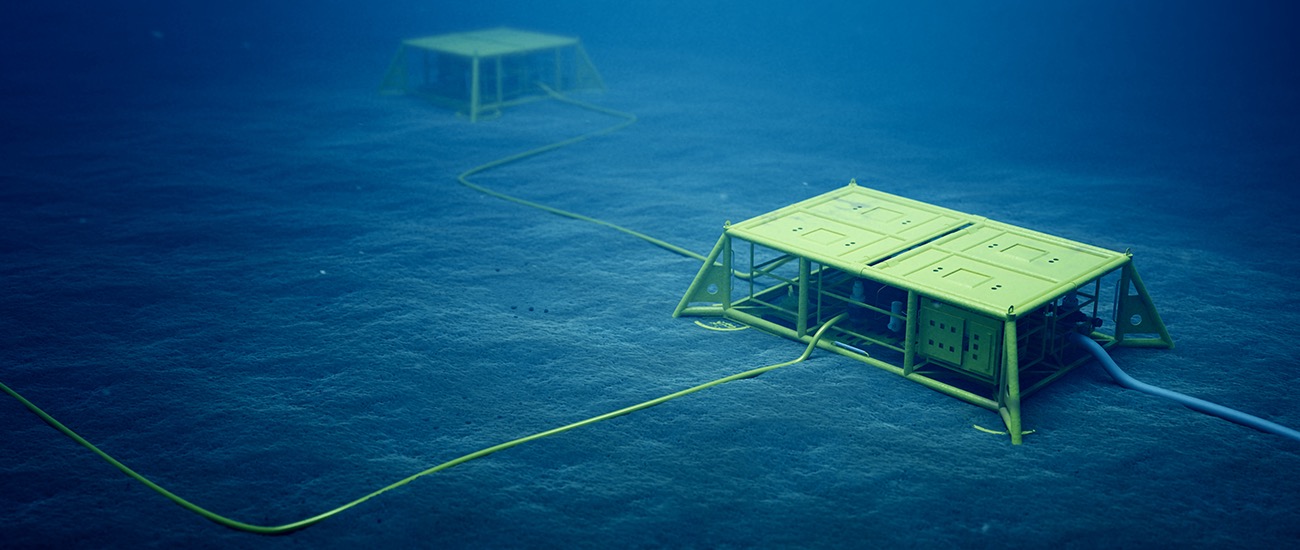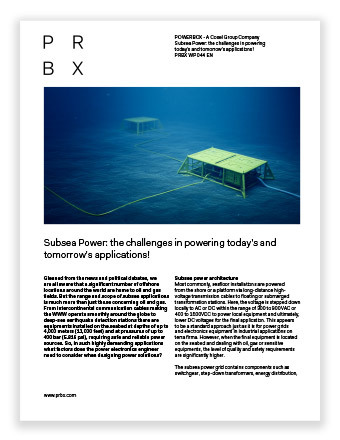
Modern subsea applications extend beyond oil and gas extraction to include intercontinental communication cables, deep-sea monitoring stations, and environmental sensors — all demanding highly reliable power systems capable of operating at depths of up to 4,000 meters and under hydrostatic pressures exceeding 400 bar. Designing power solutions for such environments requires rigorous attention to system reliability, redundancy, electromagnetic compatibility, and compliance with industry-specific standards.
Subsea power architectures typically use high-voltage transmission from shore or platform-based stations, stepping down voltages locally to 300–900 VAC or 400–1500 VDC for distribution. Unlike terrestrial systems, subsea grids demand superior fault tolerance and safety margins, incorporating components such as subsea transformers, switchgear, UPS units, and intelligent control systems.
Design methodologies emphasize early-stage load analysis, classifying loads into vital, essential, and nonessential categories. Vital loads demand redundant power paths and UPS integration to mitigate risks associated with loss of critical functionality. Embedded systems must feature robust telemetry interfaces, enabling remote monitoring and fault prediction through digital control loops and real-time diagnostic algorithms. EMC management is critical, often necessitating the use of multiphase topologies with active phase shifting to suppress conducted anxd radiated emissions.
Component derating, thermal management strategies (including conduction-cooled designs), and careful selection of wide bandgap devices or baseplate-mounted semiconductors are vital to achieve the required operational lifetimes. Designers must also comply with sector-specific standards such as API 17F for subsea production and processing control systems and ISO-13628 for overall subsea systems development.
Download and read more in PRBX White paper 044:
Subsea Power: the challenges in powering today’s and tomorrow’s applications!

WP 044 – 2025.04.30
Subsea power electronics design demands extreme reliability making it one of the most technically challenging and rapidly evolving fields in power systems engineering.
Learn more about it in our White Paper:
Subsea Power: the challenges in powering today’s and tomorrow’s applications!

